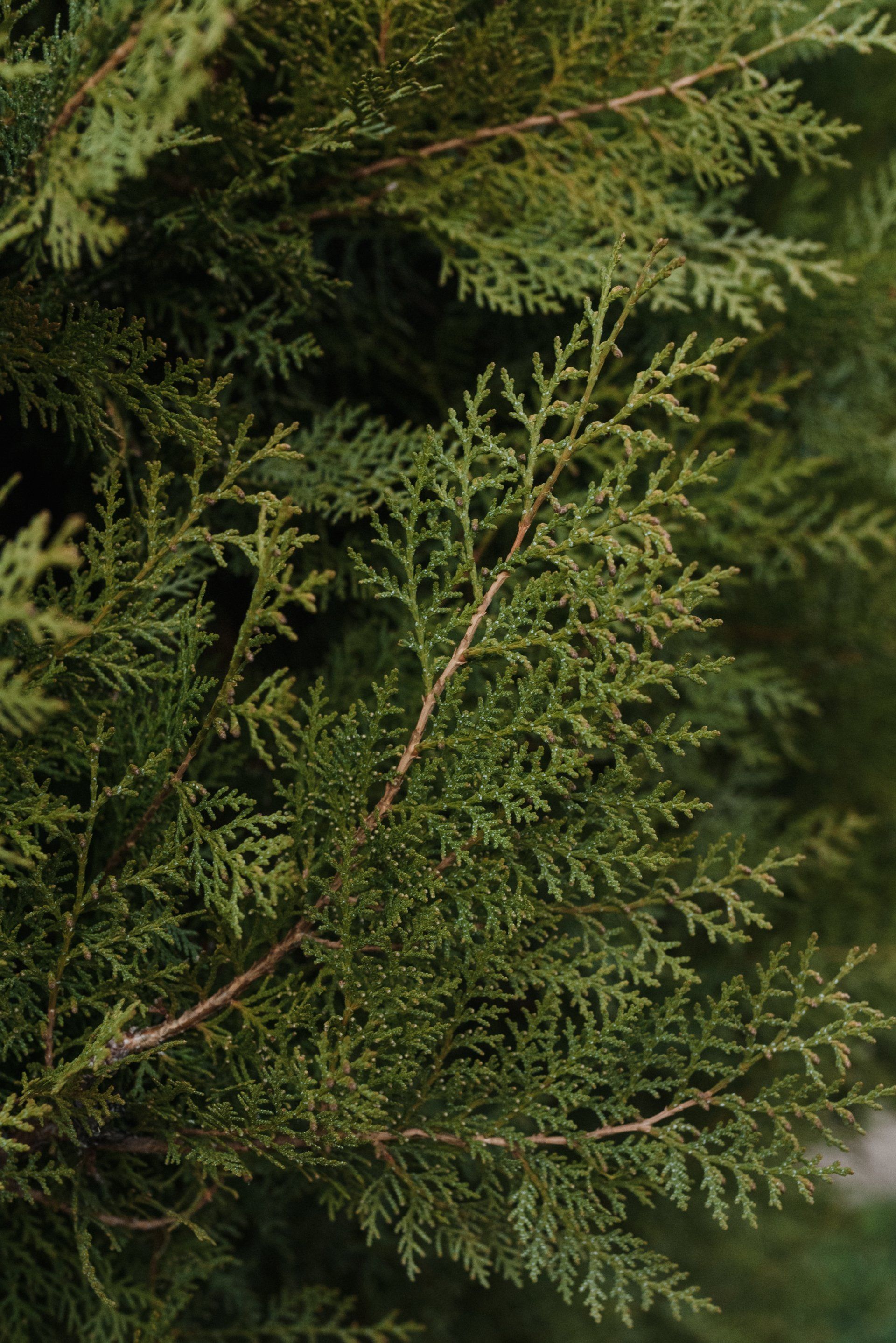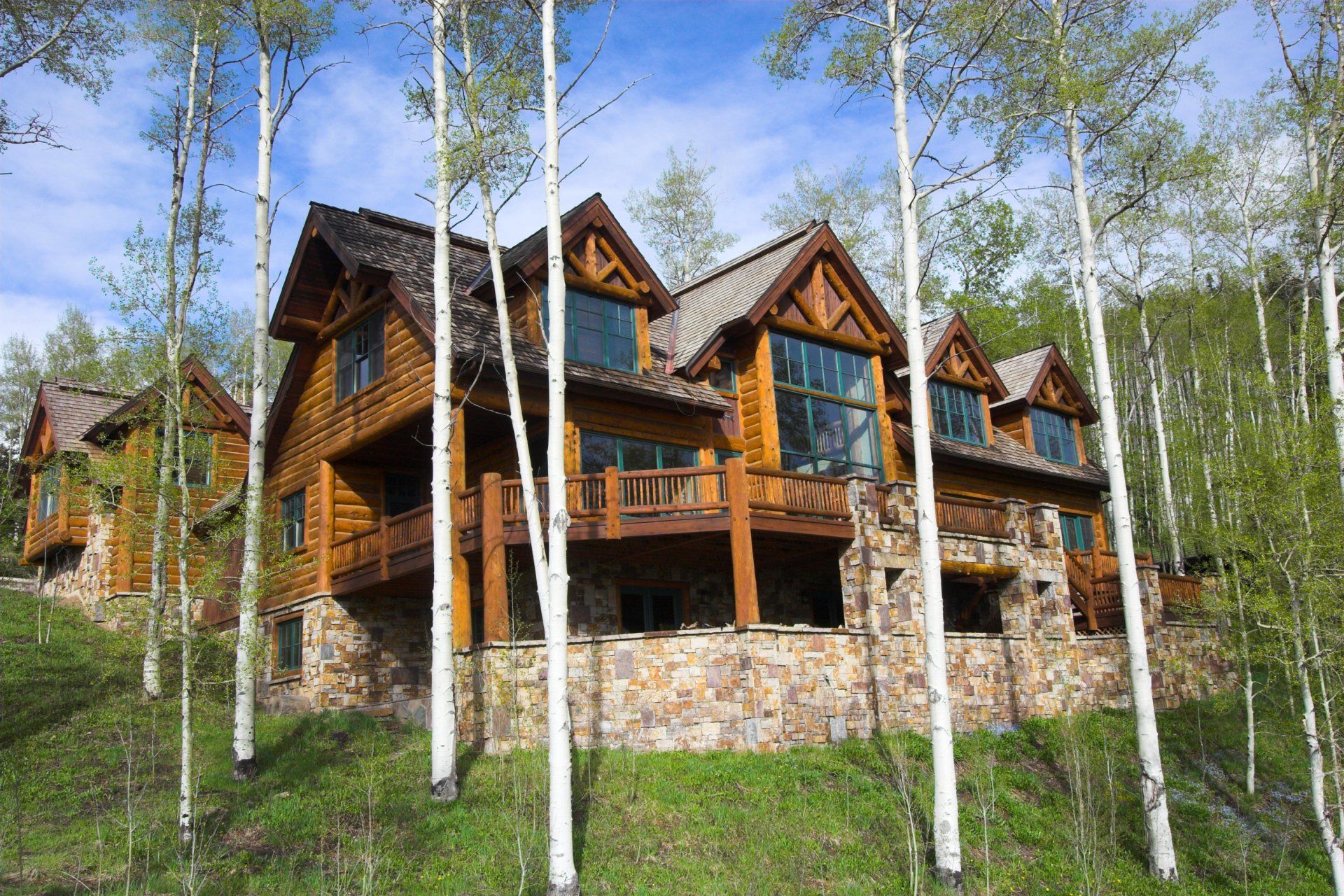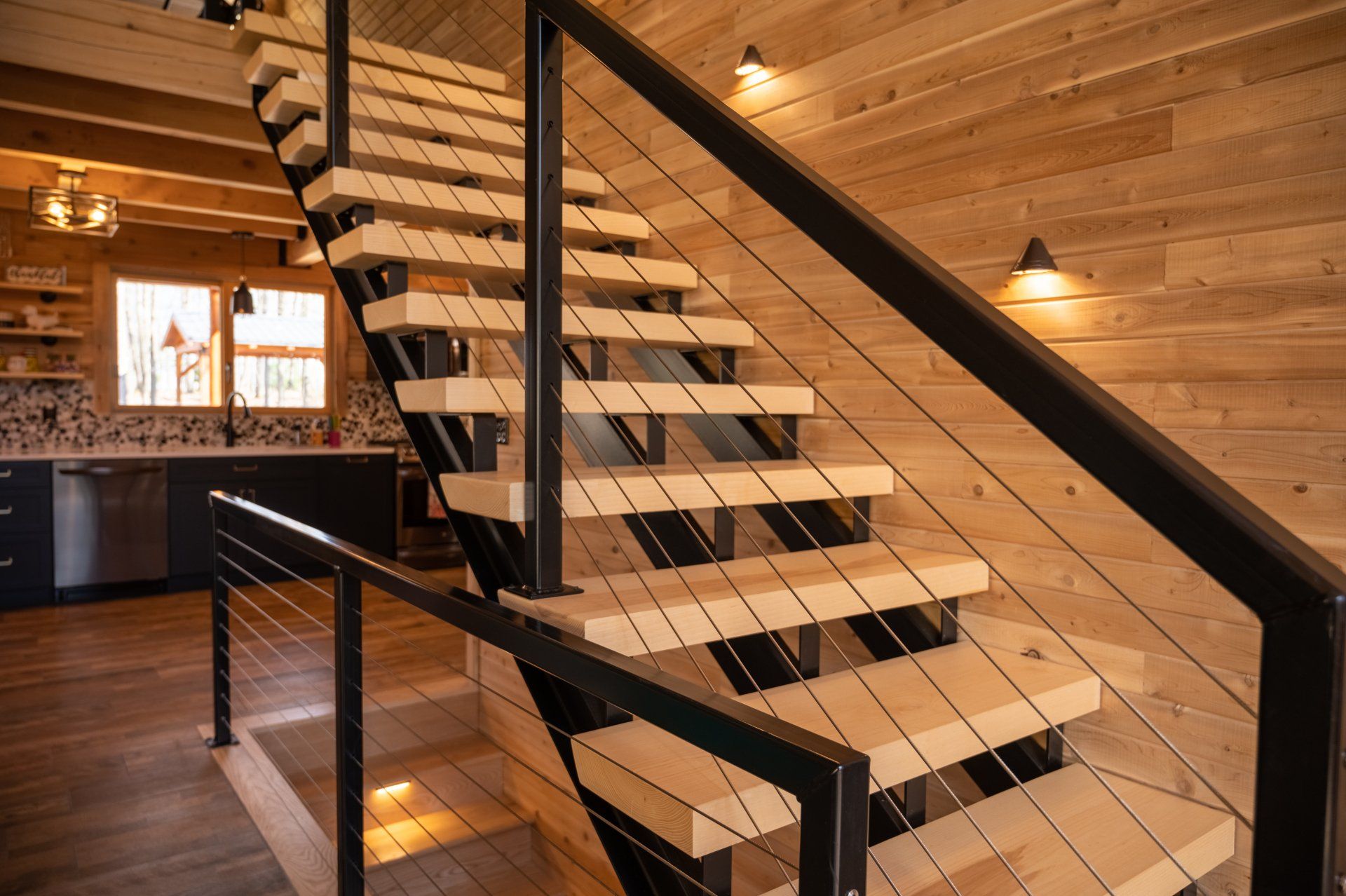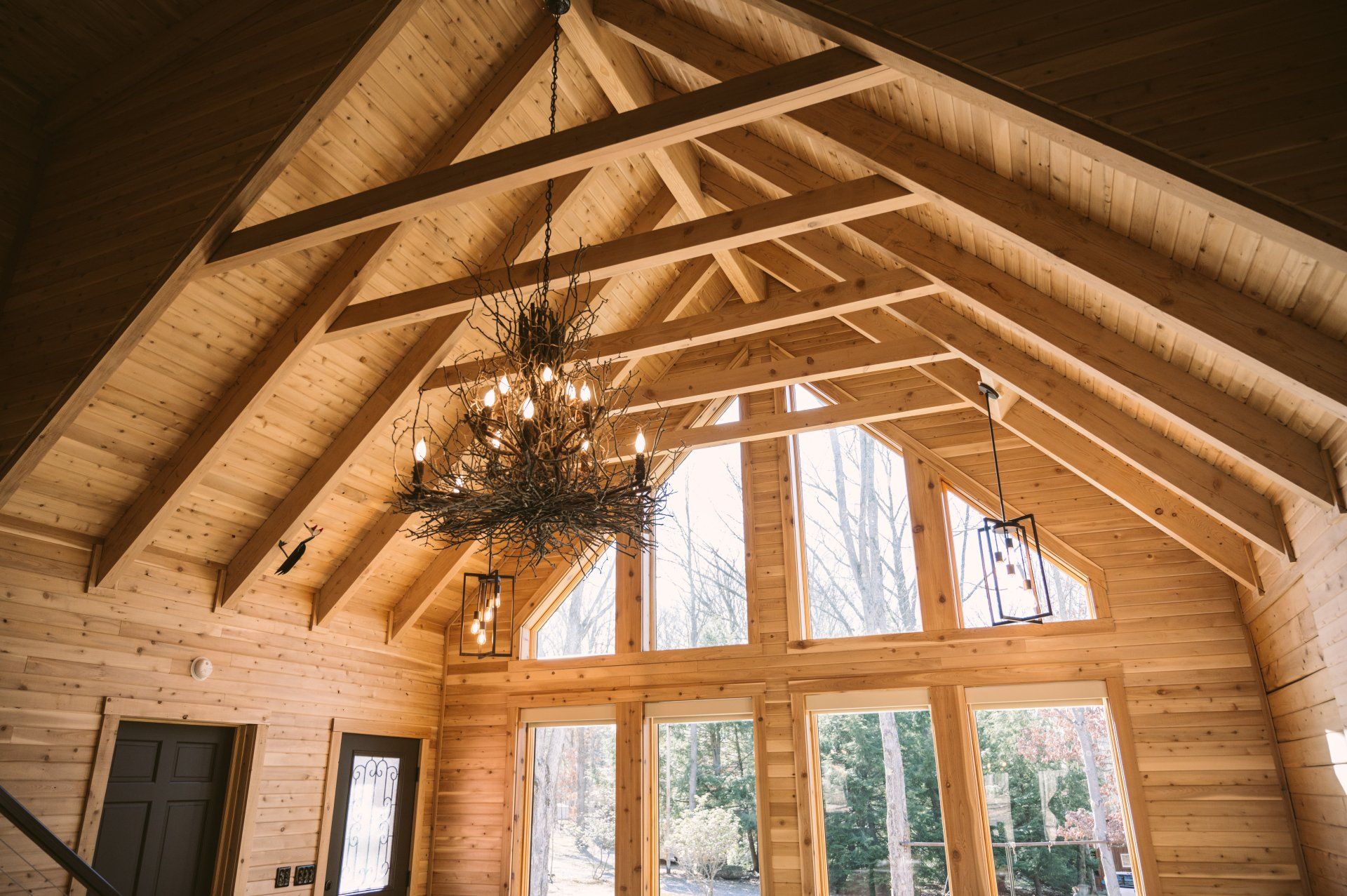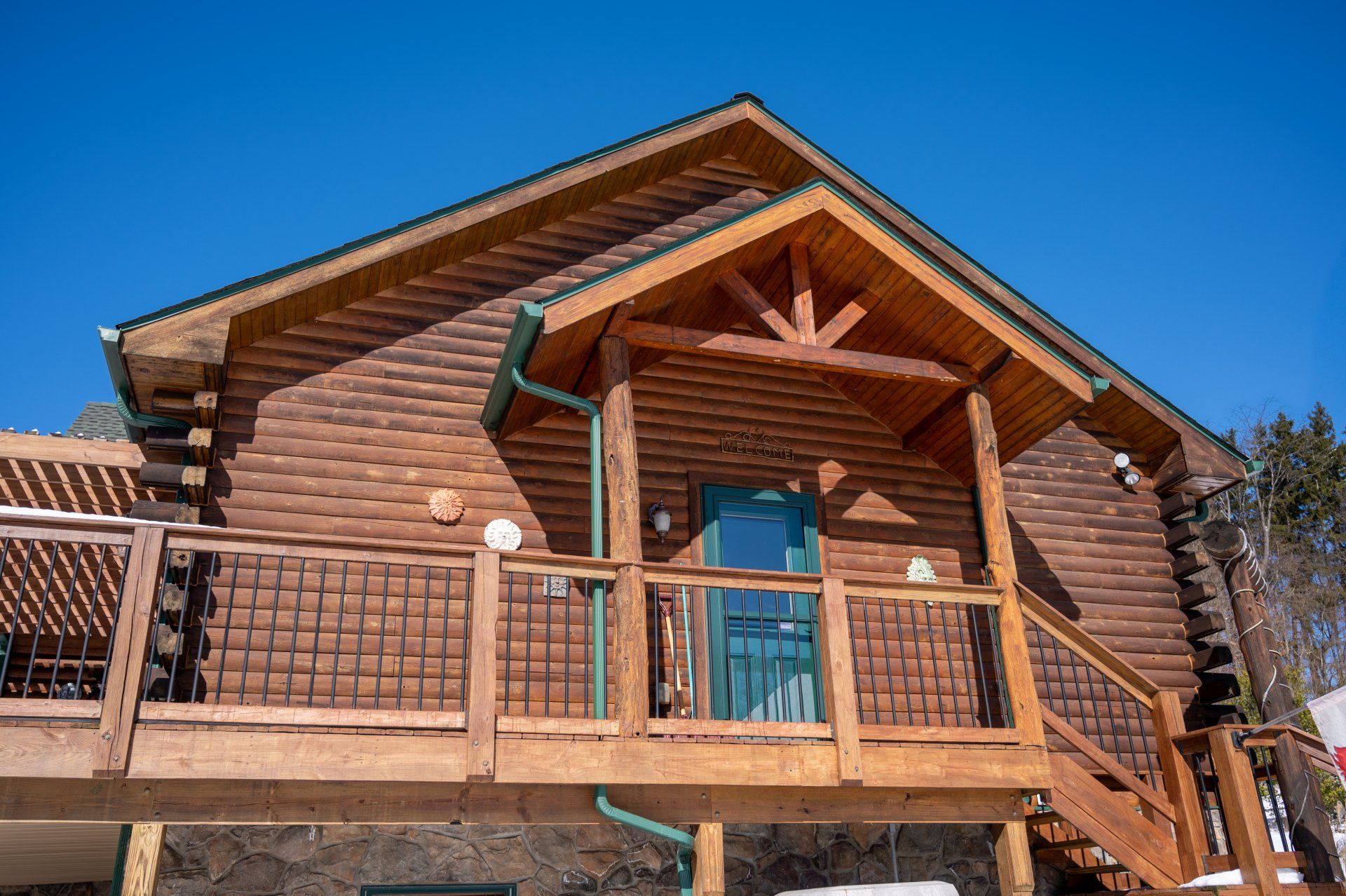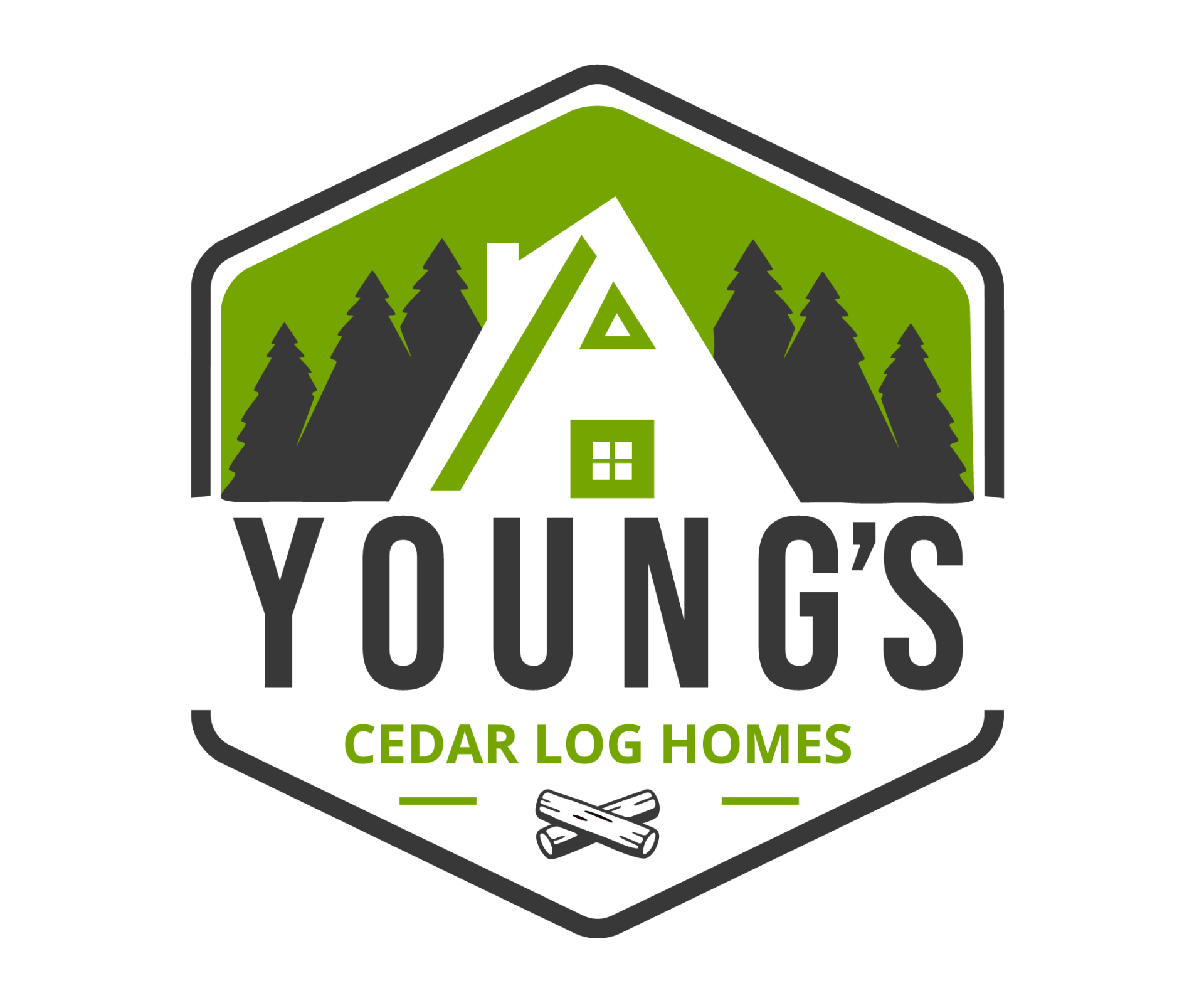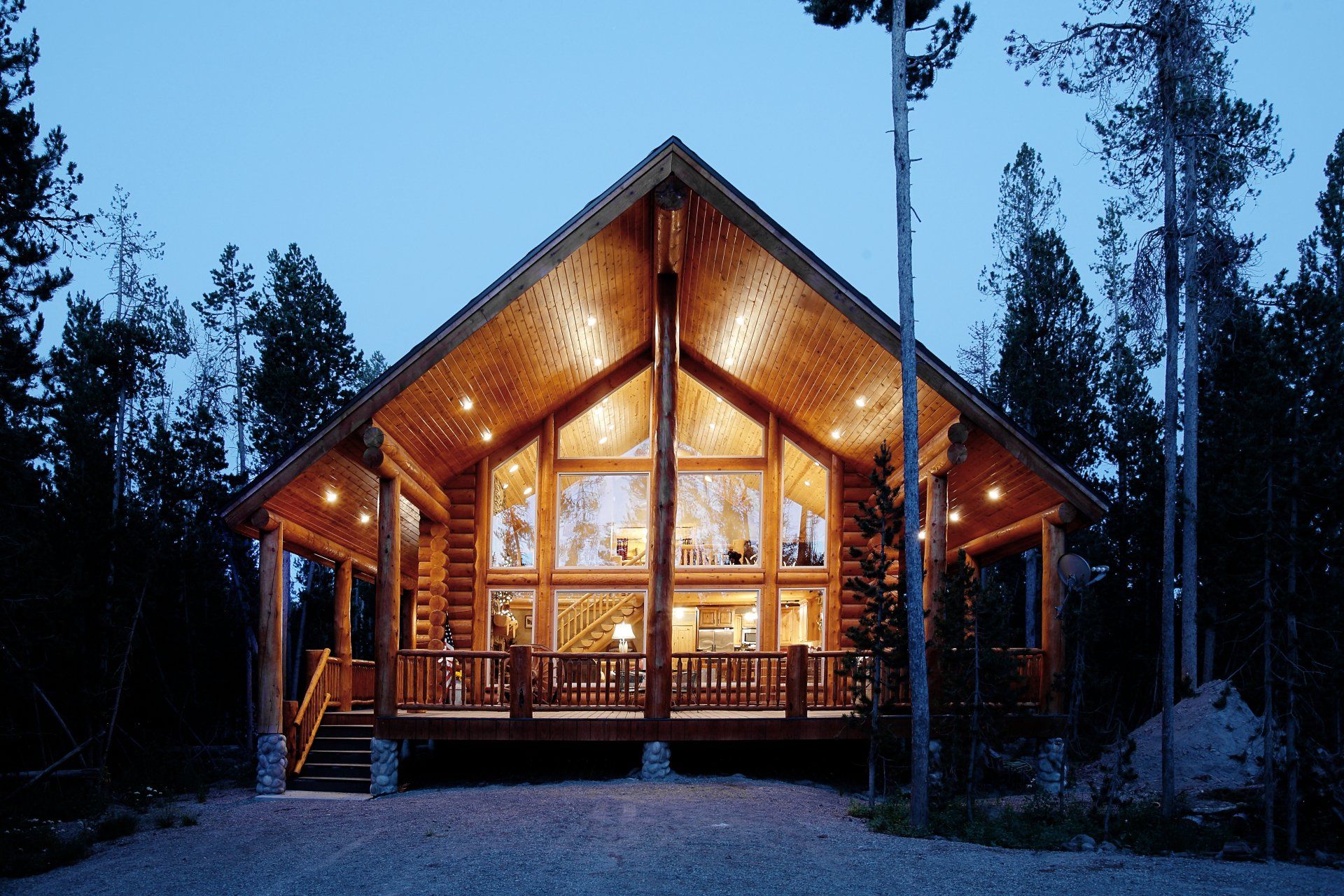How to Find the Best Location for Luxury Log Homes in Western PA
Ask any real estate agent to name the most important thing to consider when buying a home, and the response will be: Location, location, location.
Where you build a home is one of the most important decisions you'll ever make. But, it can also be one of the most stressful decisions. After all, if you select the wrong paint color, it can be fixed. Pick a bad location, however, and that is a little more difficult an obstacle to overcome!
Before building a luxury cedar log home, you need to consider the same lifestyle issues that are applicable when building a traditional home. For example, if you have young children, the school district matters. If you work, the proximity to your office might be a consideration. If this will be a vacation home, look for land close to activities you enjoy.
In Western Pennsylvania, there are numerous options in the mountains or near rivers.
Here’s a step-by-step guide to helping you decide the best location for a luxury cedar log home in Western Pennsylvania.
- Start by searching online. Several websites let you search for land listings. Browsing these can help you understand the possibilities. Consider using LandCentral, LandHub.com or LandWatch. These can help you figure out the various prices in different locations. While most people use Zillow to purchase an existing home, it also lists land that is available for purchase.
- Understand zoning regulations. If you are looking to build close to a city, the land will probably be zoned residential. But, what if you want a more secluded location? Building in a rural area means you can enjoy breathtaking views and a slower pace, but you need to do your homework to prevent major headaches. Research the following before purchasing land in a rural location:
Does the property have sewer or septic connections?
Municipal water or well water hookups?
What is the closest electricity to the property?
- Make sure the land is buildable. According to LandCentury, you need to check state, federal, and health department regulations. There could be complex environmental issues that make it unsuitable for people to live on the land. Or, there could be regulations regarding endangered species or wetlands. The land might look beautiful but it will be a waste of money if you cannot build on it.
- Work with a reputable builder. To ensure the safety of your new construction, you must apply for a building permit. Here’s the link to the permit process for Pittsburgh, PA. Every municipality requires building permits and builders know exactly what is needed. Once you decide on the area, look for the specific permit details on the municipality’s website. A reputable builder knows the regulations and will take care of getting the necessary permits.
Consider an existing community. As long as you find a piece of land that meets all the zoning requirements for a house your size and your personal needs, you can build your luxury log home anywhere. However, it is much easier if you decide to build your luxury log home in an
existing community
Ready to get started?
You have a lot to consider when you decide to build a luxury log home. Since we’re located right here in Western Pennsylvania, we can be a great resource for you. If you have any questions, please contact us at Young’s Cedar Log Homes. We’ll be happy to explain all the details involved with building your own log home.
